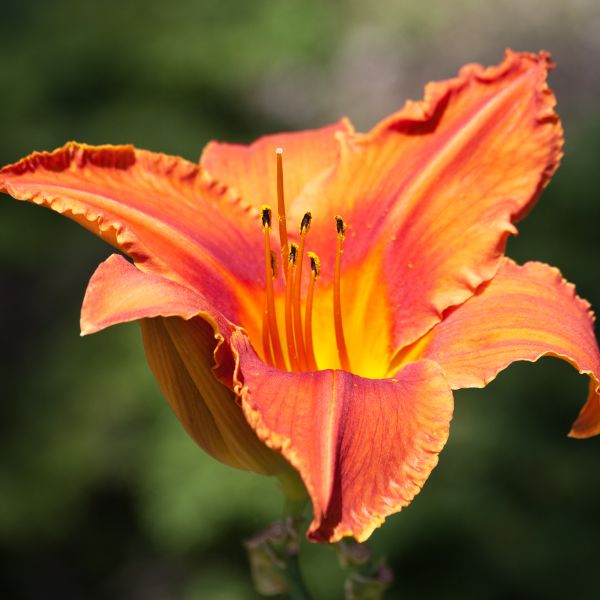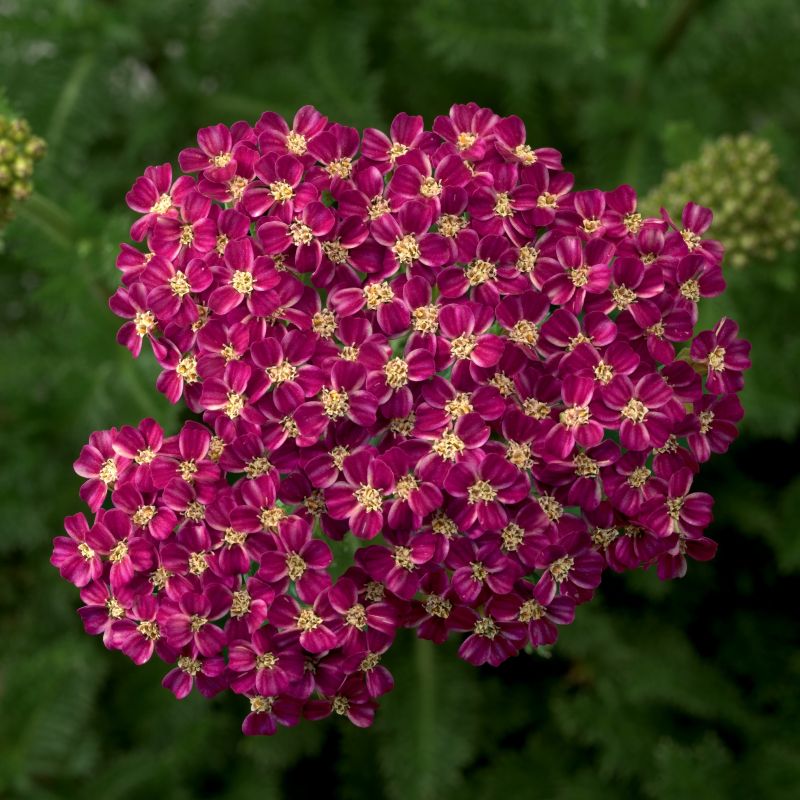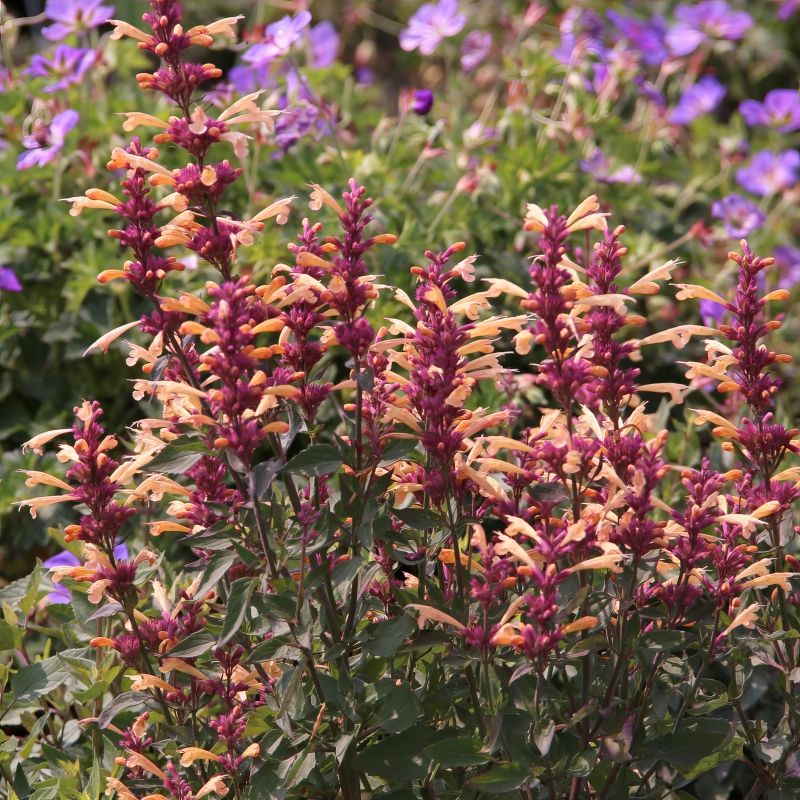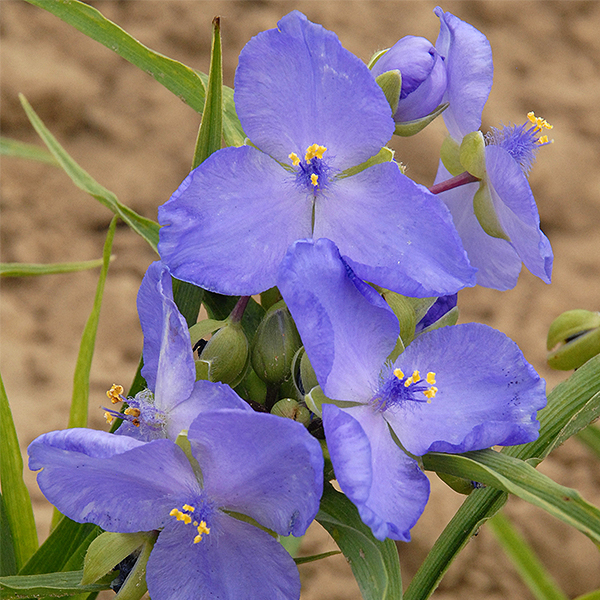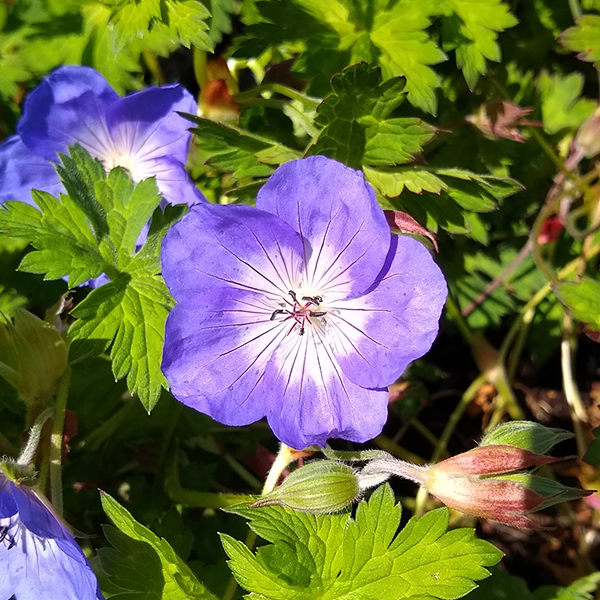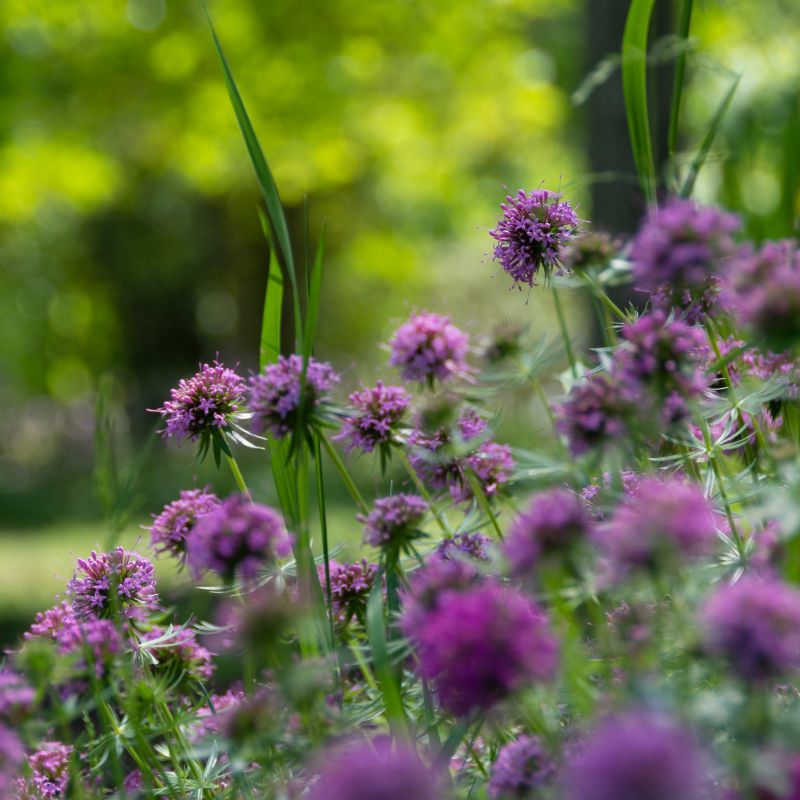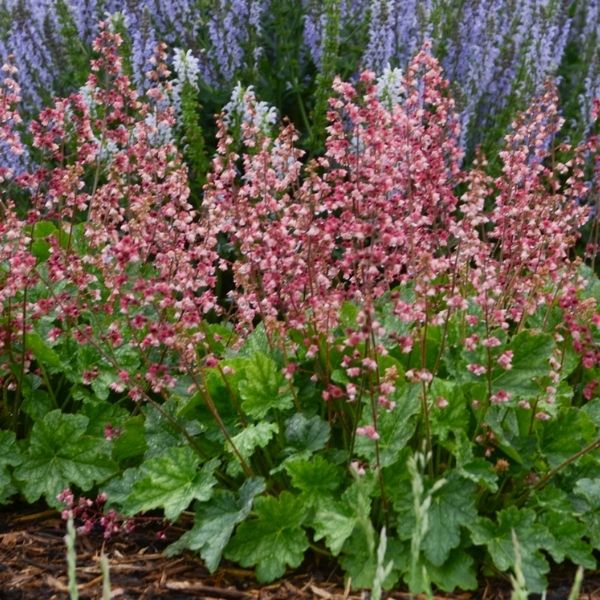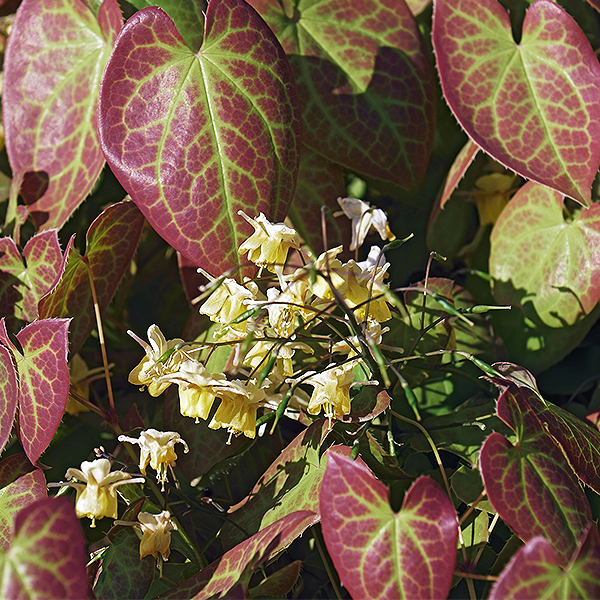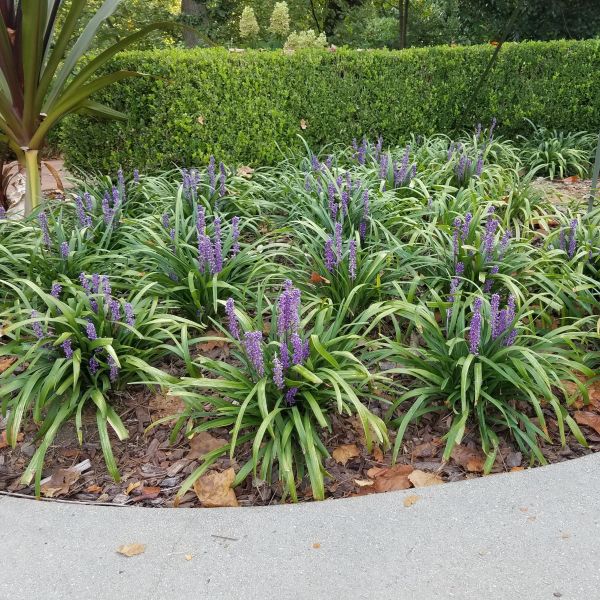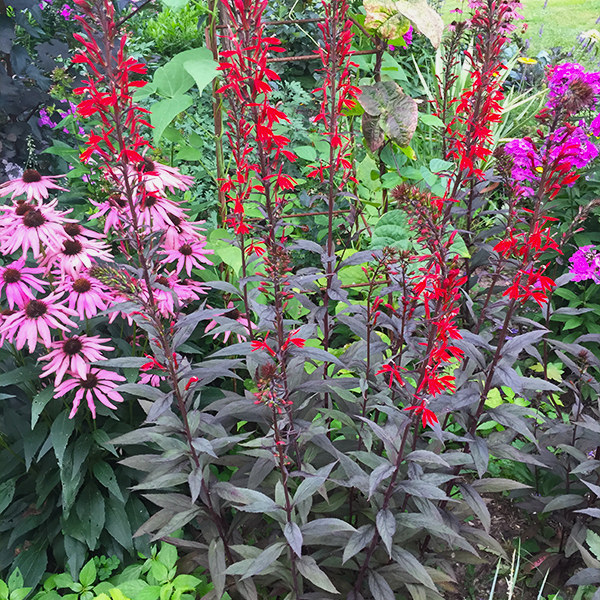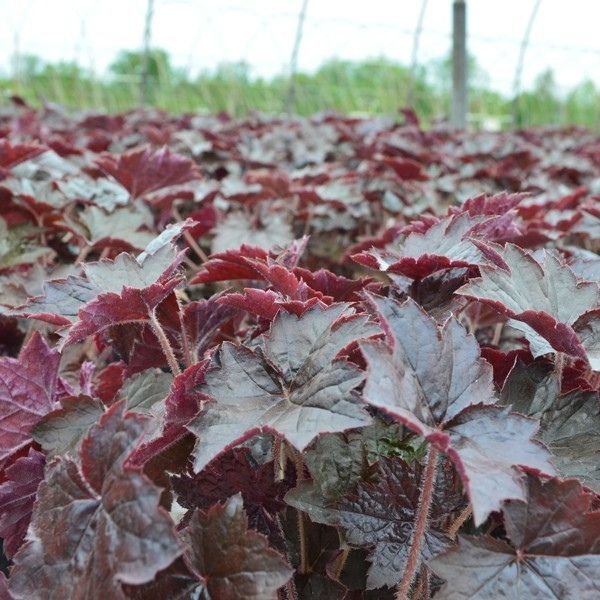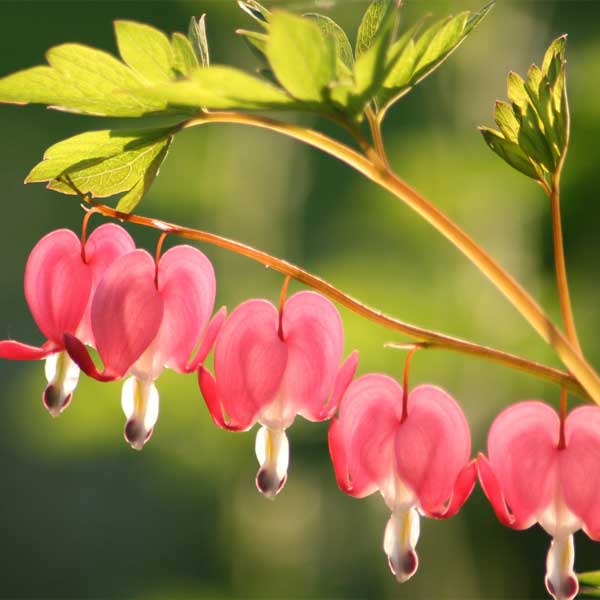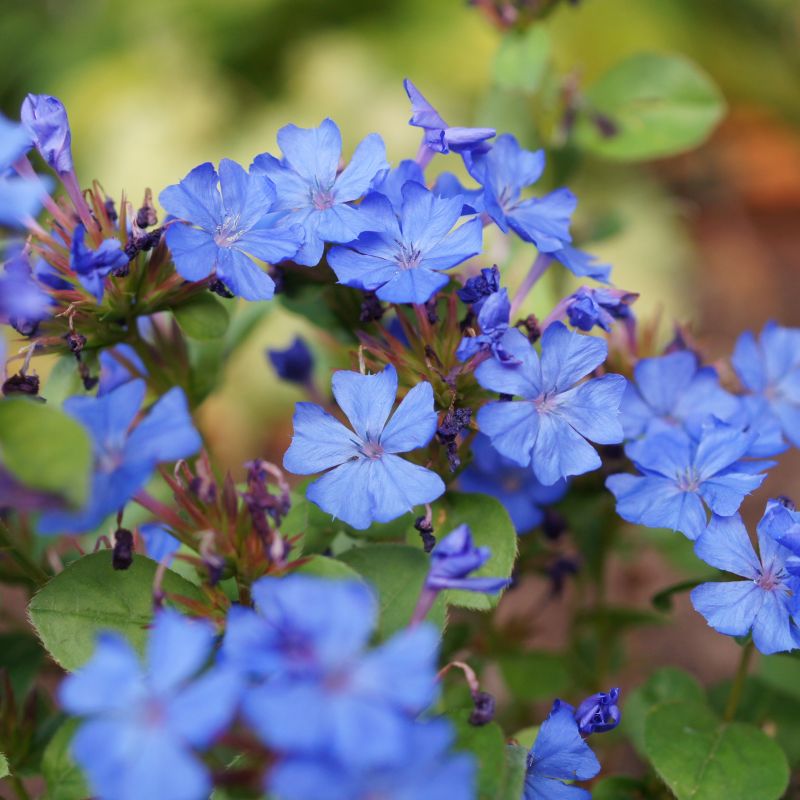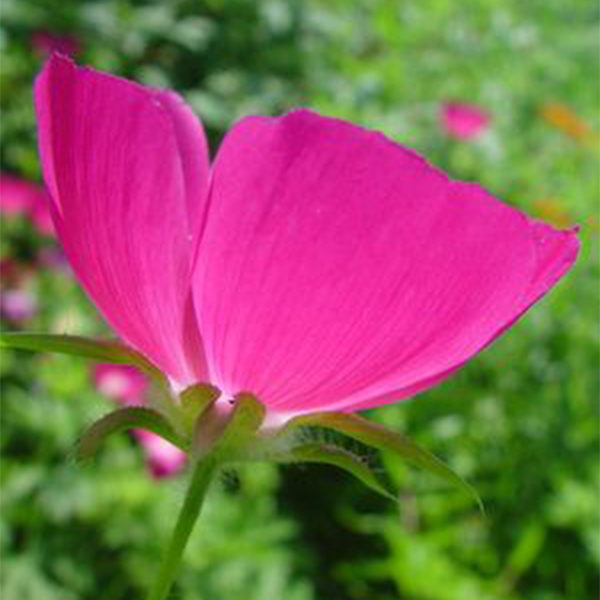
Purple Poppy Mallow
Callirhoe involucrata
16 reviews
Purple Poppy Mallow
Callirhoe involucrata
16 reviews
- Drought tolerant and low maintenance
- Attracts pollinators such as bees and butterflies
- Beautiful purple flowers add color to any garden
- Recommended by landscape designers for optimal fit in real yards
$57.00
$82.00
30% Off
- Ships to 43215 in 3 to 7 days
- Free Shipping Over $150
- Plant Arrival Guarantee
- In Stock
- Free Plant Consult
$200 - Landscape-Approved: Every Plant We Sell Comes With Design Expertise Behind It
1.5 Gallon
Not just beautiful - intentionally selected by ShrubHub's 3D landscape design team to fit real-world spaces and maximize yard potential.
Why Purple Poppy Mallow?
Purple Poppy Mallow (Callirhoe involucrata) is a beautiful, low-growing wildflower that is native to the central and eastern United States. Its blooms range from deep pink to purple and attract a variety of pollinators. The plant prefers full sun and well-drained soil, making it ideal for rock gardens, borders, and naturalized areas. Purple Poppy Mallow can also be used in xeriscaping and drought-tolerant landscaping due to its tolerance of dry conditions.
People who loved this plant also bought
Sunlight
Purple Poppy Mallow (Callirhoe involucrata) thrives in full sun, requiring at least 6-8 hours of direct sunlight per day.
Watering
Purple Poppy Mallow, a drought-tolerant perennial plant, has low watering requirements. It prefers dry to medium moisture levels and thrives in well-draining soil. Overwatering can be detrimental to its growth, so watering sparingly and only when necessary
Fertilizing
The fertilizer requirements for Purple Poppy Mallow are minimal as it is a hardy plant that can thrive in poor soil conditions. However, a balanced slow-release fertilizer, such as one with a NPK ratio of 10-10-10, can be applied during the growing season
Purple Poppy Mallow: Native Beauty That Keeps on Blooming!
Get ready to welcome a touch of native beauty into your garden with the Purple Poppy Mallow.
This lovely perennial is more than just a plant; it's a showy masterpiece that will steal your heart with its stunning magenta blooms resembling delicate "wine cups."
Picture your garden adorned with vibrant color from late spring through fall – that's the magic of Purple Poppy Mallow.
But it's not just you who will be enchanted – butterflies and beneficial pollinators will flock to this vibrant haven, turning your space into a buzzing ecosystem.
The delicate, finely dissected leaves add an extra layer of elegance, creating a lush carpet that covers the bare ground with a symphony of color.
And here's the kicker: Purple Poppy Mallow's spreading habit isn't just charming – it's incredibly useful for filling in empty spaces and adding pops of color throughout your garden.
This perennial isn't just a one-season wonder. It's a valuable addition that offers a long-lasting season of bloom, standing strong through rugged conditions.
It's your garden's partner in crime, ready to thrive even in poor, rocky soil – a true testament to its durability.
Extreme cold hardiness and drought tolerance make Purple Poppy Mallow a reliable choice, adapting to whatever Mother Nature throws its way.
Plus, here's a bonus: deer aren't fans of its taste, giving you the freedom to enjoy its beauty without any unwanted nibbling.
Embrace the charm of Purple Poppy Mallow and bring native beauty to your garden.
Visit our ShrubHub store today and experience the magic of a perennial that keeps on blooming.
Your garden deserves the touch of elegance and vibrancy that only Purple Poppy Mallow can provide.
Plant Information:
| Botanical Name: | Callirhoe involucrata |
| USDA Zones: | 4 - 8 |
| Water: | Low |
| Exposure: | Full Sun |
| Soil Needs: | Well Drained |
| Mature Height: | 6 - 12 inches |
| Mature Spread: | 1 - 3 feet |
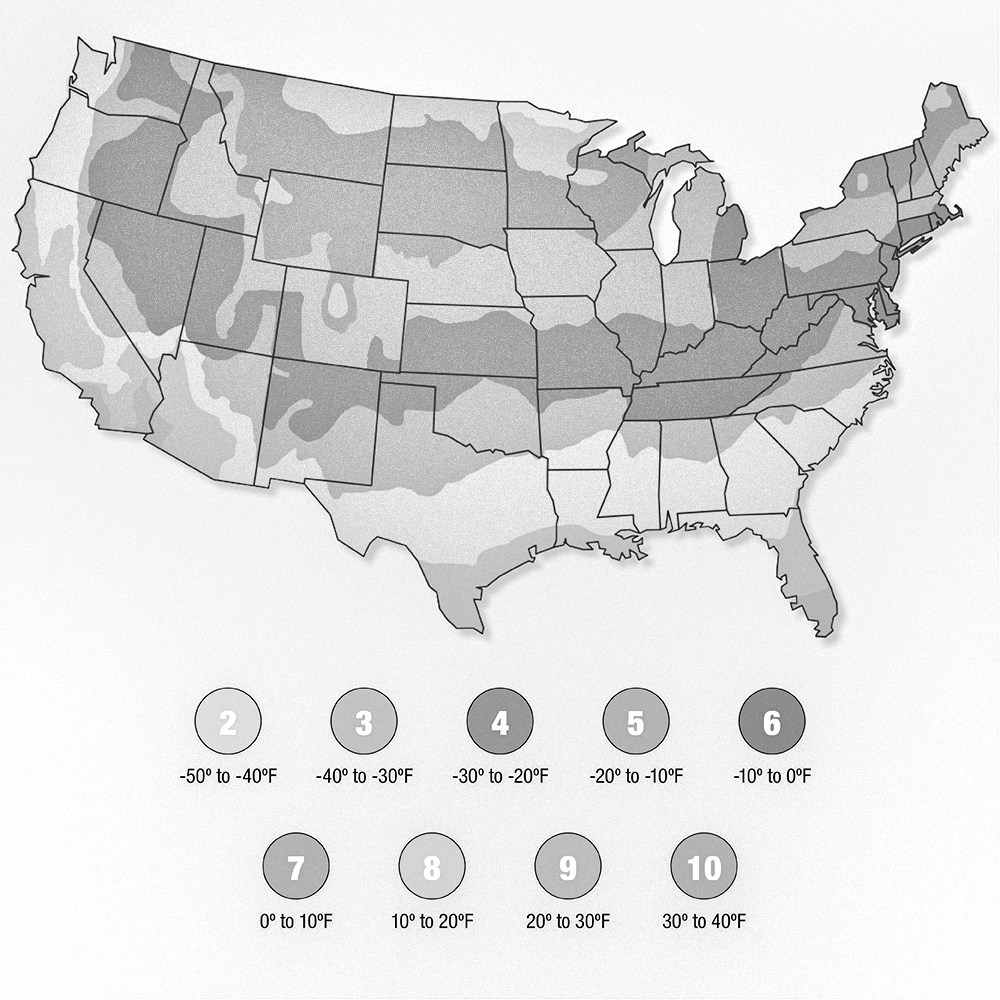


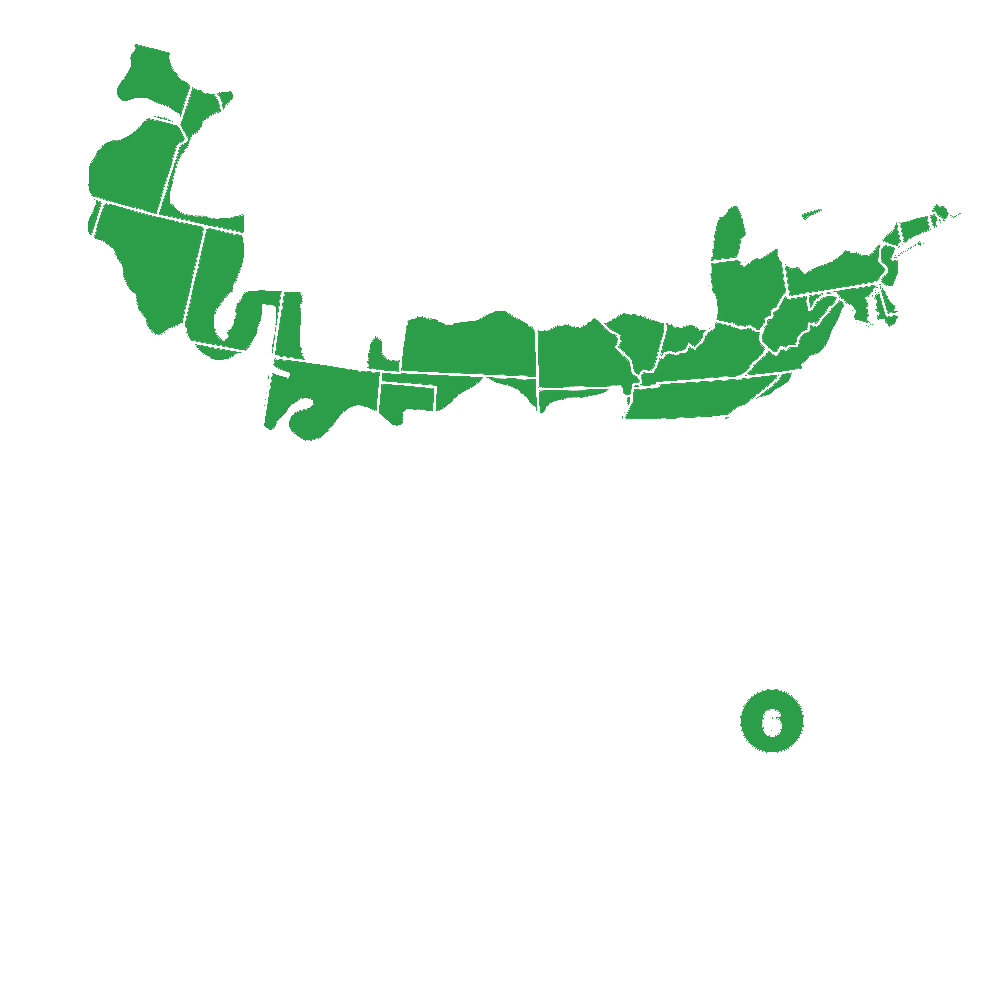


Pollination Info
FAQ
Purple Poppy Mallow (Callirhoe involucrata) FAQs
- What is Purple Poppy Mallow? Callirhoe involucrata, commonly known as Purple Poppy Mallow, is a herbaceous perennial plant native to North America. It is a member of the mallow family and can be found in prairies, along roadsides, and in open woodlands.
- How does Purple Poppy Mallow look? This plant grows to a height of around 12-18 inches with a spread of 18-24 inches. It has deeply lobed, dark green leaves and showy, five-petaled, deep pink to purple flowers that bloom from May to June.
- Is Purple Poppy Mallow easy to grow? Yes, Purple Poppy Mallow is a relatively low-maintenance plant that is easy to grow. It prefers full sun to partial shade and well-draining soil. It can tolerate drought and heat once established.
- How do I propagate Purple Poppy Mallow? Purple Poppy Mallow can be propagated through seed or by division. Seeds can be sown in the fall or spring, while division should be done in the spring or fall. Simply dig up the plant and divide the root system, then replant in well-draining soil.
- What are the benefits of growing Purple Poppy Mallow? In addition to being a beautiful ornamental plant, Purple Poppy Mallow also benefits pollinators such as bees and butterflies. It can also help prevent soil erosion and promote soil health.
- Is Purple Poppy Mallow invasive? No, Purple Poppy Mallow is not considered invasive. However, it can self-seed and spread in ideal growing conditions. It is, however, relatively easy to control if it becomes too aggressive.
- How do I care for Purple Poppy Mallow during the winter? Purple Poppy Mallow is hardy to USDA Zone 4 and can withstand winter temperatures. However, it is a good idea to cut back the stems in the fall and mulch the base of the plant to protect the roots during winter.
Planting & Care
Planting and Care for Purple Poppy Mallow (Callirhoe involucrata)
Location:
- Plant in full sun to partial shade - Soil should be well-draining and not too richPlanting:
- Plant in the spring or fall - Dig a hole twice as wide and deep as the plant's root ball - Mix in some compost or other organic matter to the planting hole - Place the root ball in the hole and backfill with soil - Water thoroughlyCare:
- Water regularly, especially during dry spells - Mulch around the base of the plant to help retain moisture and suppress weeds - Fertilizer is not necessary but can be applied in early spring if desired - Deadhead spent blooms to encourage more flowering - Cut back dead stems in the fall - Division can be done every few years in the fallPests and Diseases:
- Generally, they are not prone to pests or diseases - However, overwatering can lead to root rotCheck Out These Verified Customer Reviews:
Customer Reviews
4.7 out of 5 based on 16 reviews
Thank you! Your review has been submitted.
Easy website navigation.
Fast and secure shipment.
Shipment was quick and arrived earlier than expected.
Item has been added to your cart.



